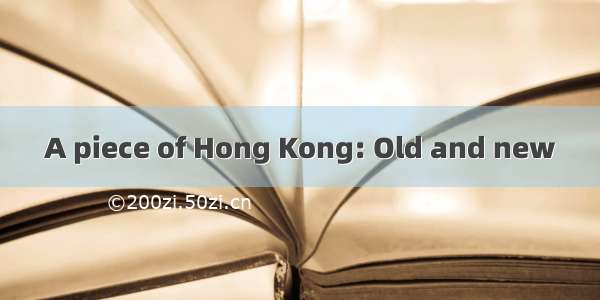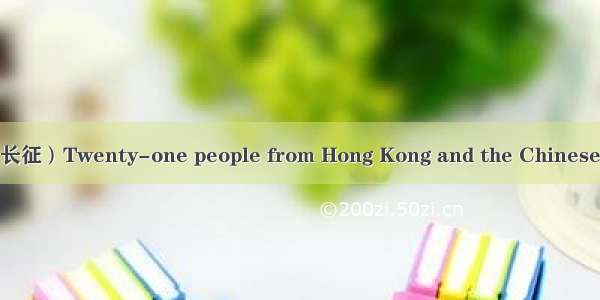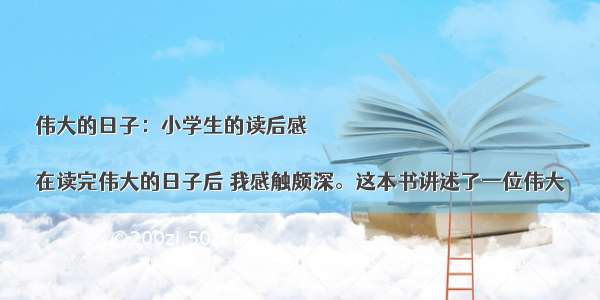
Editor""s note: Gang wei, literally meaning Hong Kong taste, is a concept often talked about, but almost impossible to define. No one can tell what the taste is exactly, yet it can be found everywhere in the city - in the ting-a-ling of the trams, the shumai in tea houses and the burning incense in the Tin Hau Temple. As the Hong Kong Special Administrative Region celebrates the 20th anniversary of its return to China, we bring the series A piece of Hong Kong to try and explore the spirit of Hong Kong from some of the most intriguing aspects of the city.
Tian Tan Buddha
Hong Kong is a city with no clear division between the past and present. It is home to the most skyscrapers in the world and more than 300 monasteries. The remote Po Lin Monastery, hidden away in lush mountains, became a popular attraction when the extraordinary Tian Tan Buddha statue was erected in 1993.
Sitting 34 meters high and facing north to look over the Chinese people, this majestic bronze Buddha attracts pilgrims from all over Asia. The eyes, lips, incline of the head and right hand, which is raised to deliver a blessing to all, unite to bring a humbling depth of character and dignity to the massive Buddha, which took 12 years to complete.
Golden Bauhinia Square
The bauhinia is the emblem of Hong Kong. The Forever Blooming Bauhinia Sculpture that gives the Expo Promenade the commonly used name, Golden Bauhinia Square, was a gift from the central government to mark Hong Kong""s return to China in 1997.
Today the site is popular among visitors who come to take photos of the sculpture and enjoy the pomp and symbolism of the daily flag raising ceremony with beautiful Victoria Harbor as a backdrop.
Bun scramble
The bun scrambling contest is a living testimony to Hong Kong""s history and often marks the climax of the annual Cheung Chau Bun Festival, which is deemed by as one of the world""s ""Top 10 quirky local festivals"".
Participants first stand at the bottom of the conical bun tower and then scramble up to get as many buns as possible within three minutes. The higher the buns, the more points participants can get. Therefore, they always try to climb to the top first and collect buns from top to bottom.
The festival is believed to originate from the late Qing Dynasty (1644-1911), when local villagers prayed to Taoist deities and dressed up local children as small gods to scare away the evil spirits they believed were responsible for a plague. The buns were an offering to thank the gods for ending the plague and the ritual of parades and bun-baking continued each year to ensure it didn""t return.
The Hong Kong Observation Wheel
The Hong Kong Observation Wheel is a 60-metre tall Ferris wheel located on the Central and Wan Chai Reclamation overlooking Victoria Harbour in Hong Kong.
The wheel has 42 luxurious gondolas that comfortably seat eight passengers and come equipped with high-speed Wi-Fi. The area around the wheel includes a plaza for events as well as drinks, snacks and free Wi-Fi.
Villain hitting
Villain hitting, or petty person beating, is folk sorcery popular in Hong Kong. Its purpose is to curse one""s enemies with magic. Villain hitting is often considered a humble career, and the ceremony is often performed by older women, though some shops sell DIY kits.
Villain hitting has been preliminarily included in the list of intangible cultural heritages by the Hong Kong Home Affairs Bureau, and was selected as the ""Best way to get it off your chest"" in TIME magazine""s Best of Asia feature. Receiving requests from clients, villain hitters require human-shaped papers with or without some information about specific people. As part of the ceremony, they beat the papers with shoes or other implements.
New Year""s Countdown
Every New Year""s Eve, radiant Victoria Harbour is the belle of the ball for Hong Kong""s spectacular countdown. A party atmosphere will reign supreme as stunning fireworks light up the skies. Whether you watch it along the shoreline, from a boat on the harbour or from above in a skyscraper, it""s definitely worth planning ahead to ensure a prime spot!
Temple Street Night Market
By the time the sun goes down, traders have already laid out their wares and the opera singers and fortune tellers begin to emerge. Welcome to the Temple Street Night Market, a popular street bazaar, named after a Tin Hau temple located in the centre of its main drag, and a place so steeped in local atmosphere that it has served as the backdrop to many a memorable movie. In the market, trinkets, tea ware, electronics, watches, menswear, jade and antiques are scrutinized and haggled over, while clay pot rice, seafood, noodles and other treats are consumed with gusto.
Modern shopping districts
Besides the retro night markets and corner shops, Hong Kong also offers modern shoppers a great range of goods to buy and plenty places to buy them. One of the most popular shopping districts is in Admiralty, Central and SoHo.
This shopping neighborhood begins with the beautifully designed Pacific Place, which, along with Queensway, is connected to the MTR Admiralty Station. Moving west from there, you reach The LANDMARK and a stronghold of upscale malls, including Landmark Alexandra, Landmark Chater, Jardine House, Exchange Square, Landmark Prince, and the spectacular harbour-front ifc mall. These are all connected by an elaborate network of covered walkways, so once you""ve arrived you never have to come back down to earth.
















